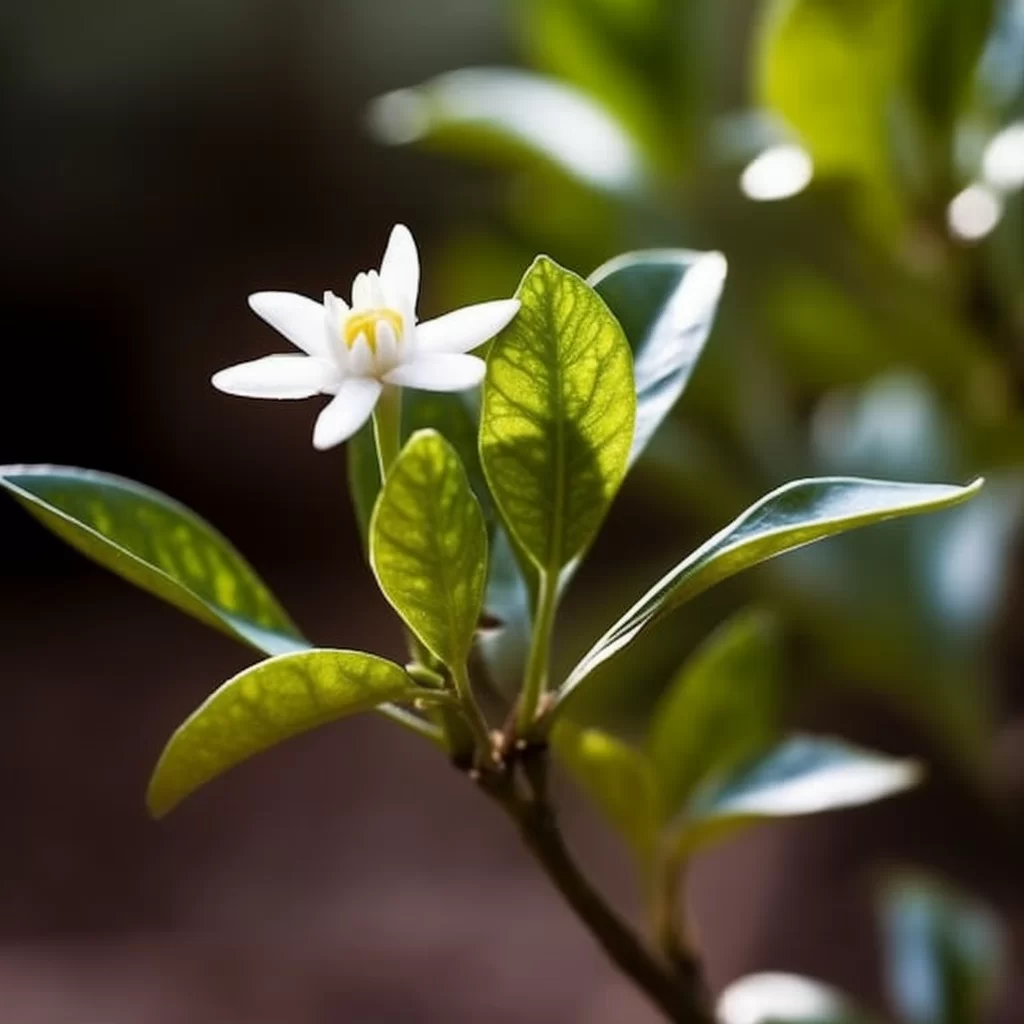Story of Day :
Contents
The Complete Guide to Neroli Plant: Care Tips and Everything You Need to Know
Are you looking for a fragrant and beautiful plant to grow in your garden or indoor space? Then look no further than the neroli plant! Also known as bitter orange, this evergreen tree is prized for its delicate white flowers which give off an intoxicating aroma.
In this complete guide, we’ll tell you everything you need to know about growing and caring for neroli plants.
What is a Neroli Plant?
Neroli (Citrus aurantium) is a type of citrus tree that produces fragrant white flowers.
These flowers are used in perfumes, aromatherapy oils, and even in cooking.
The plant grows up to 10 meters tall and has shiny green leaves.
How to Grow Neroli Plants
- Climate: Neroli plants prefer warm climates with lots of sunshine.
They can be grown outdoors in USDA zones 9-11 or indoors near a sunny window.
- Soil: The soil should be well-draining with plenty of organic matter like compost or peat moss.
A pH between 6-7 is ideal.
- Sowing seeds: Sow fresh seeds directly into the soil during spring or summer after all frost danger has passed.
- Care: Water regularly but don’t let the soil become waterlogged as it can cause root rot.
Fertilize once per month with a balanced fertilizer during growing season (spring-summer).
Neroli Plant Care Tips

Lights & Temperature
Nerolis enjoy full sun but will tolerate partial shade during hot afternoons.
They prefer temperatures ranging from 60-90°F (15-32°C).
Watering & Humidity
Nerolis need regular watering, especially during the hot summer months.
However, it is best to let the soil dry out slightly before watering again as too much water can lead to root rot.
Neroli plants enjoy high humidity levels but can also tolerate low humidity.
Pruning & Training
Neroli trees grow quite vigorously and can reach up to 30 feet tall if not pruned regularly.
Prune off dead wood or overgrowth in late winter or early spring before new growth begins.
Pests and Diseases
Neroli plants are susceptible to a few pests like scale insects and mites which can be treated with insecticidal soap spray, neem oil, or rubbing alcohol.
Powdery mildew may affect the foliage during humid conditions but can be prevented by improving air circulation around the plant.

Harvesting Neroli Flowers
The sweet-smelling flowers of neroli are harvested in spring when they are fully open and fragrant.
Harvest them in the morning when their scent is at its strongest for making essential oils or potpourris.
In Conclusion
If you’re looking for a fragrant plant that will add beauty and aroma to your garden then consider growing neroli plants! With regular care and attention, these evergreen trees will produce delicate white flowers that will fill your home with sweet fragrance all year round.